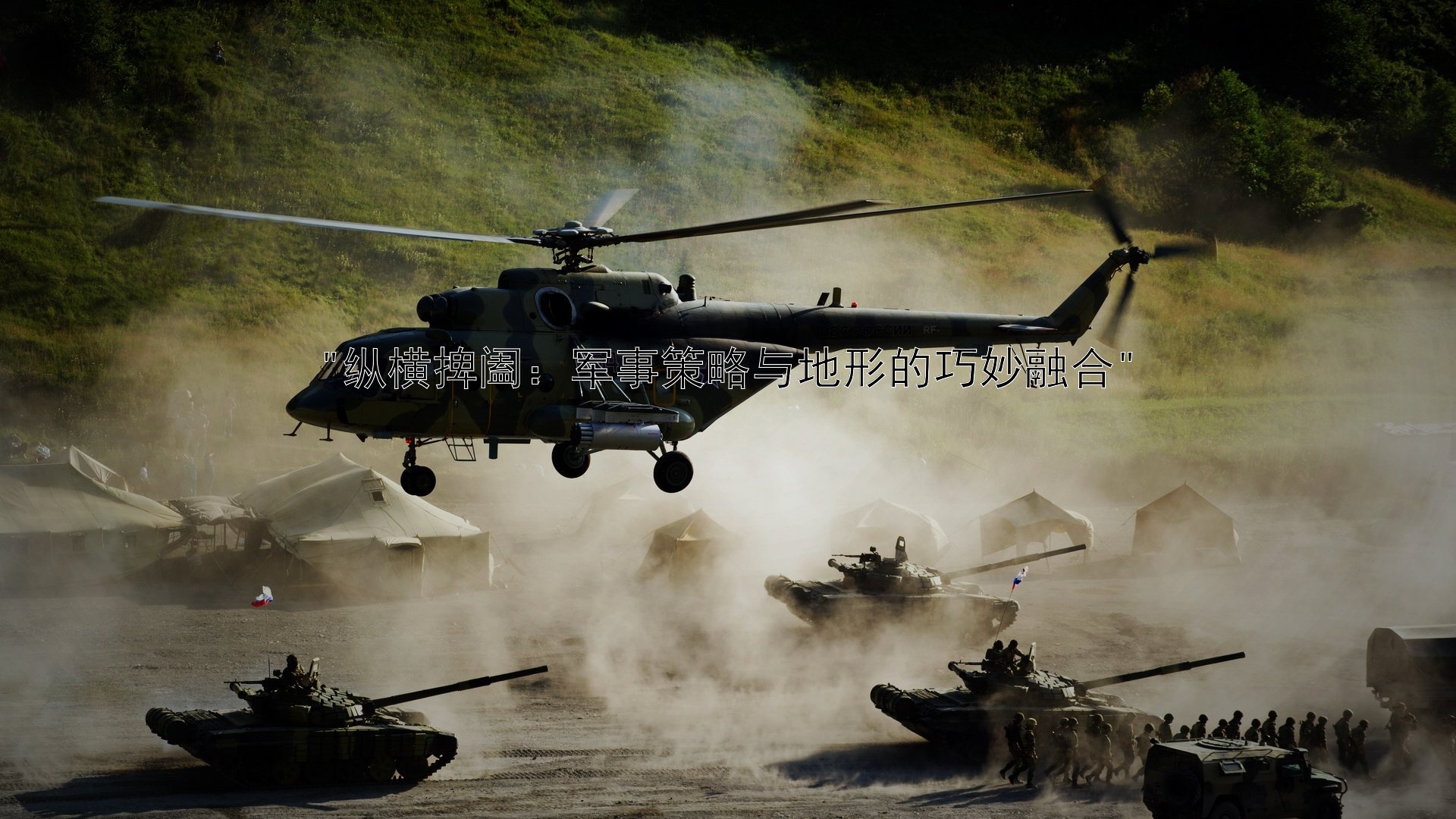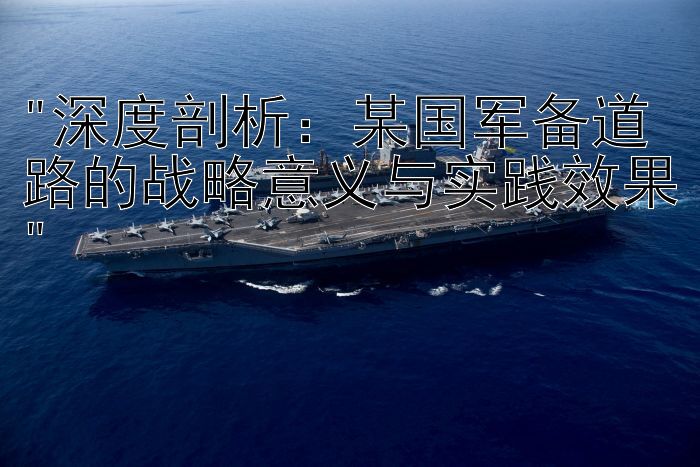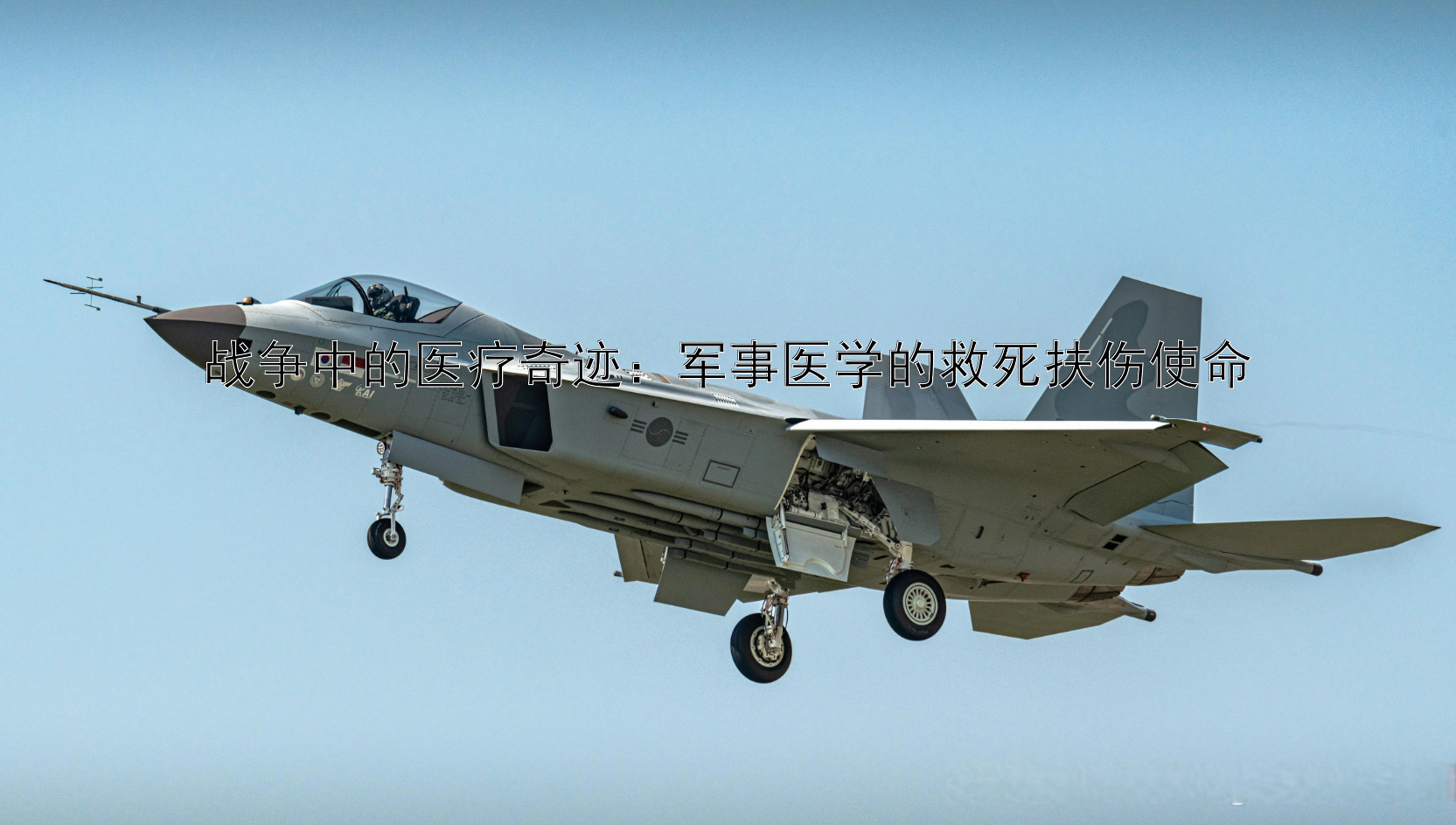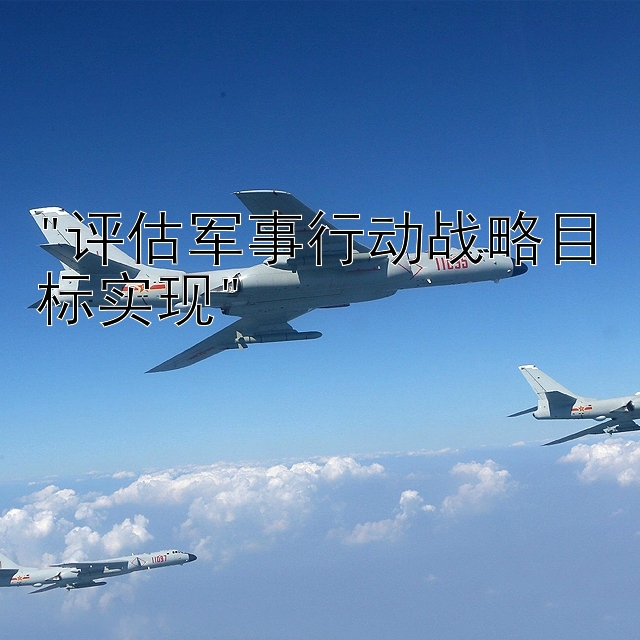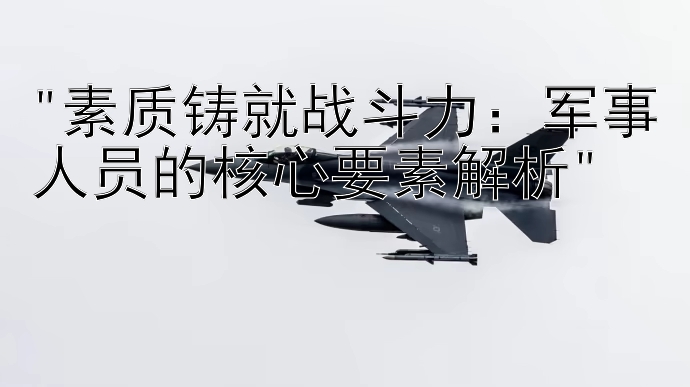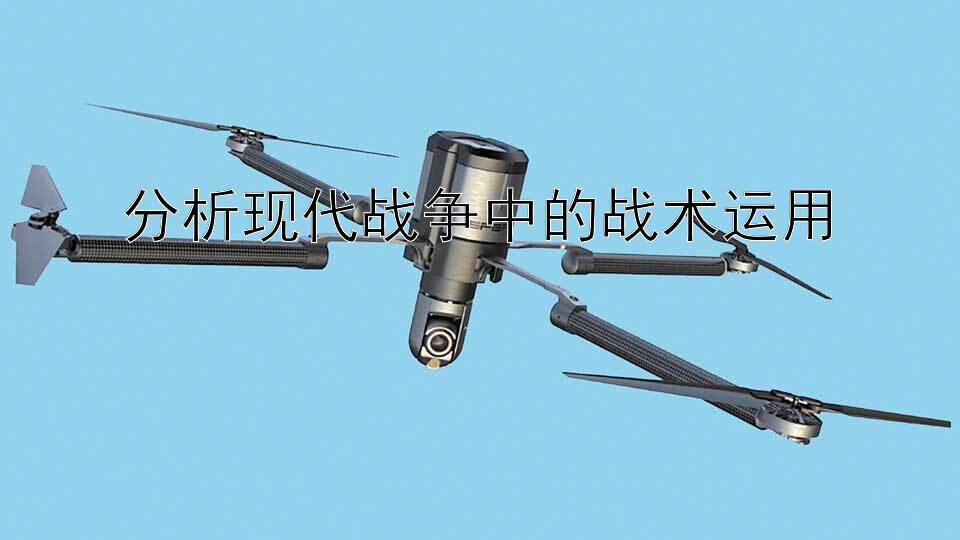在全球范围内,不同的国家拥有独特的军旅文化,这些文化不仅反映了各国的历史传统和民族特性,也体现了现代军事发展的多元化和复杂化趋势。本文将探讨世界各国军队在训练方式、作战理念以及日常生活等方面的差异,同时也会关注在这些不同之中,如何实现文化的交流与融合。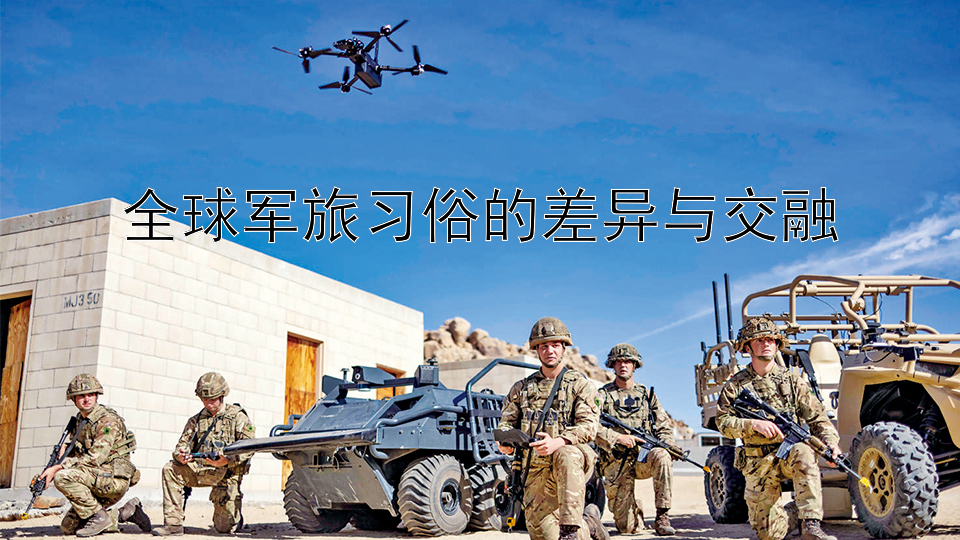
1. Training Methods and Tactics
Differences
- The United States: Known for its advanced technology and high level of individual soldier training, the U.S. military emphasizes physical fitness, teamwork, and adaptability to various combat scenarios. Boot camps are notoriously rigorous, with a focus on mental toughness as well as physical endurance.
- Russia: The Russian military is renowned for its discipline and resilience under harsh conditions. Training often involves long marches in extreme weather, survival exercises, and intense physical drills that build stamina and fortitude.
- China: Chinese soldiers undergo strict regimens that combine traditional martial arts with modern warfare techniques. Emphasis is placed on obedience, loyalty, and mastery of weapons systems.
- Germany: German armed forces prioritize efficiency and professionalism, focusing on technical expertise and problem-solving skills. Training includes extensive classroom instruction and field exercises designed to foster critical thinking.
Integration
Despite these differences, there has been significant cross-pollination among militaries through international cooperation programs, joint exercises, and peacekeeping missions. For instance:
- NATO's Partnership for Peace program allows member states to share best practices and train together, leading to a more unified approach to defense across Europe and North America.
- The UN's peacekeeping operations provide an opportunity for troops from different nationalities to work side by side, fostering understanding and mutual respect despite their diverse backgrounds.
2. Operational Philosophies
Contrasts
- Israel: Israel Defense Forces (IDF) operate under a doctrine of "self-reliance" due to the country's geopolitical situation. This means they must be ready for immediate action at all times, which shapes their rapid deployment strategies and tactics.
- France: French military strategy leans towards expeditionary warfare, capable of projecting power globally through its overseas bases and naval capabilities. This requires a flexible force structure and robust logistical support.
- India: India's military posture is influenced by its history of border disputes and conflicts. It maintains large ground forces and a strong emphasis on defensive posturing along its borders while also investing heavily in nuclear deterrence.
- Japan: Despite constitutional limitations on the use of force, Japan's Self-Defense Forces have developed into a technologically sophisticated force, particularly in maritime security and anti-submarine warfare.
Convergence
As global threats evolve, so do operational doctrines. Shared experiences in counterinsurgency, humanitarian assistance, and disaster relief have led to a convergence in strategic thinking. Take the example of:
- Counterterrorism efforts where Western nations and Middle Eastern allies have learned from each other about urban warfare and intelligence gathering, adapting tactics accordingly.
- Humanitarian interventions where military assets are increasingly used not just for conflict but also for delivering aid, requiring new standards of coordination between civilian and military organizations worldwide.
3. Daily Life and Customs
Divergences
- British Army: Tradition plays a prominent role in the British army, evident in ceremonial uniforms, drill procedures, and formal dining etiquette. However, this does not detract from the modernization and innovation within its ranks.
- South Korea: South Korean conscripts experience mandatory military service, which can involve intensive language courses (for potential North Korean defector handling) and cyberwarfare training alongside standard infantry tasks.
- Sweden: Sweden's policy of conscription neutrality leads to a citizen-based militia model, integrating reservists regularly into active duty units, ensuring readiness without maintaining a large standing army.
- Egypt: In Egypt, Islamic religious observances influence aspects of military life such as prayer schedules and dietary restrictions, reflecting the cultural context within which the Egyptian Armed Forces operate.
Synergy
Military personnel often interact during multinational conferences or when attending foreign academies or exchange programs. These interactions lead to shared knowledge and appreciation for differing customs:
- Exchange officers stationed abroad gain exposure to unfamiliar cultures, sometimes adopting elements of the host nation's lifestyle back home.
- International summits like those hosted by the Shanghai Cooperation Organization bring together representatives from Eurasia to discuss common interests related to regional stability and security.
In conclusion, while every nation's military has unique characteristics rooted in its own heritage and circumstances, ongoing dialogue and collaboration help create a synergistic environment where strengths complement one another. Through integration initiatives and cooperative ventures, armies around the world continue to learn from each other, enhancing both effectiveness and interoperability in an ever-changing global landscape.
- 全球军旅习俗的差异与交融
- 古代战场上的文化交融与冲突化解
- 古代战场上的智慧与勇气:名将风范与军事思想交融
- 古代战场谋略心战交融
- 古代中国战场智慧:战略与指挥的艺术交融
- 连绵烽烟下的智谋较量:军事战略与战役指挥的交融
- 古代兵法智慧与现代战争策略的交融
- 全球将帅理念纵横:国家差异下的军事哲学
- 跨界的桥梁:军事力量与文化交流的交融作用
- 潜水艇与水面战舰的反潜武器系统:深度分析布雷装备差异
- 交融与对比:东方与西方火炮技术的历史演变
- 全球军备差异:特色纷呈与优劣较量
- 跨国界的历史交锋:军事文化差异的冲突与融合
- 古代兵礼遗风与当代军事实践的交融
- 跨文化桥梁:国际军事合作中的差异与和谐构建
- 蓝天较量:多维度解析空军战机性能差异

